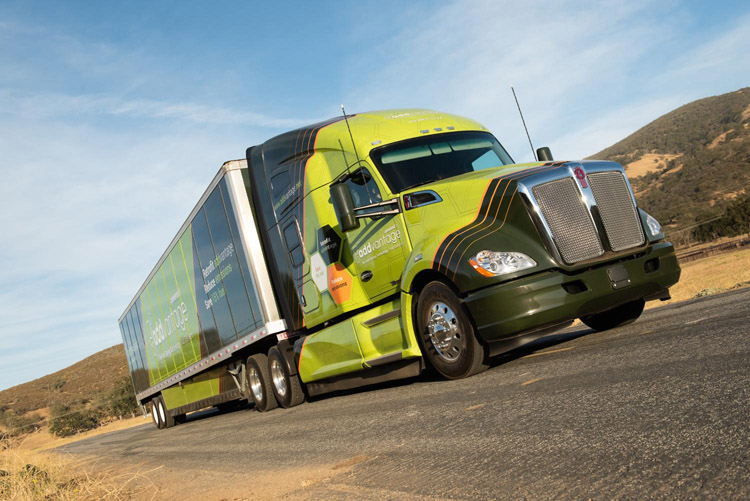Daniel Mitchell, chief executive officer at addvantage Global, explains how hybrid fuel technology can help cut fleets’ carbon footprints.
Road transport operators are under growing pressure to cut vehicle emissions as they and their customers introduce science-based targets to cut greenhouse gases. This poses a huge challenge for HGV fleets – especially those that operate heavier 38-or 44-tonne trucks – because there are limited vehicle options currently available that offer sufficient emissions reduction potential.
With this in mind, these organisations should explore retrofit hybrid fuel technology as a stepping stone towards zero-emissions road transport.
Many businesses, especially in the retail sector, are looking beyond their own in-house activities to indirect emissions (Scope 3), so they will increasingly want to work with suppliers that can match their net-zero ambitions.
However, the largest diesel-powered HGVs are not expected to be phased out until 2040 and the average replacement cycle for these vehicles is around 12 years, highlighting a clear disconnect between customer demands and what is likely to be possible within the sector.
Even with a fundamental shift in electric vehicle technology it would still take the best part of a decade to have any major impact.
Duel fuel solutions have been around for some time, but historically these options have been both complicated and expensive to adopt, which has restricted uptake in a sector that is well-known for operating on slim margins.
In contrast, the latest hybrid fuel technology offers a simple and low-cost solution that typically delivers a 23% reduction in CO2 emissions as well as an average fuel cost saving of around 13* (based on 100,000 miles a year).
The simple retrofit approach takes just four hours to install, minimising vehicle downtime, with non-evasive, read-only technology that receives information HGVs ECU without invalidating the warranty.
By continuously monitoring live telemetry data – speed, weight, gradient and driving conditions – it is possible to calculate the precise quantity and timing of LPG injection. As a rental-only solution, payback can be achieved in as little as seven days, with the greatest returns available for operations with fuel bunkering.
Electric vehicle technology has someway to go before it is sustainable for high-mileage HGV fleets. There are signs of progress, with the first fully-electric, 37-tonne HGVs going into service in the UK in January, but with a range of just 100 miles on a single charge, this is not a viable option for many.
The size and weight of batteries remains a significant issue, which has a massive impact on payload for longer distances. Change will certainly come, but in the meantime road transport operators will need to find an alternative, such as hybrid fuel technology, to effectively reduce their vehicle emissions.
For further information on the addvantage hybrid dual-fuel system, please call Daniel Mitchell on
+44 (0) 203 7 40 50 40. Alternatively, drop him an email on daniel@addvantage.net.

